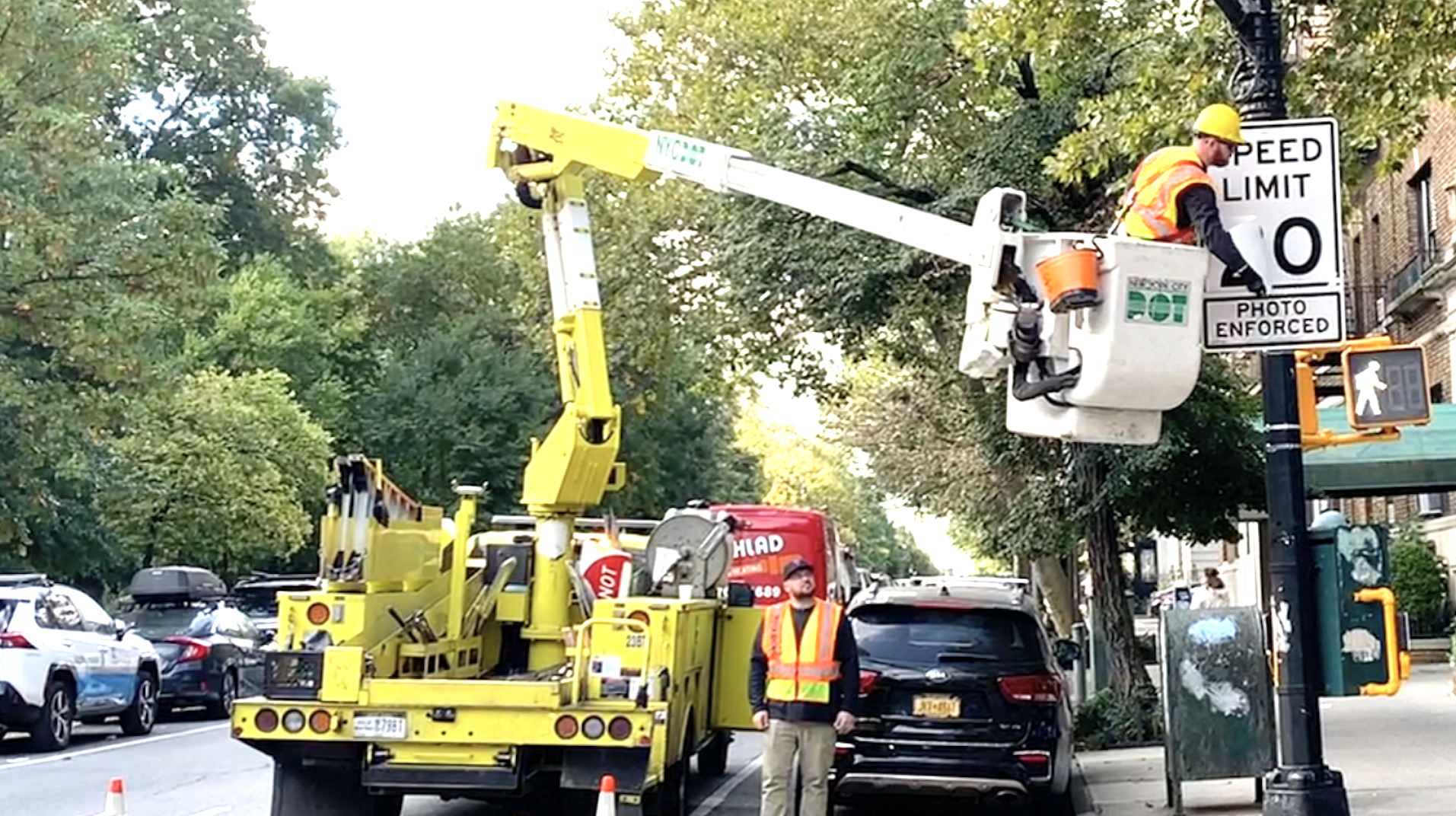
Last month, the Chicago City Council's Committee on Pedestrian and Traffic Safety passed an ordinance to lower our default speed limit from 30 to 25 mph. There will likely be a final Council vote later this year, and if the legislation is approved, the new rule would go into effect by New Year's Day 2026.
(If you're already familiar with the Chicago speed limit issue, feel free to skip to the last paragraph of this introduction.)
However, that's a big "if". The ordinance passed in committee by a relatively close eight votes to five, and many of the alderpersons who supported it are outspoken Safe Streets proponents. Getting a majority of the 50-member Council to vote "yes" will be a much heavier political lift.
Data from other cities that lowered their speed limits to 25 or lower years ago makes the potential benefits of the proposed Chicago policy obvious. For example, New York has seen a 23 percent drop in yearly pedestrian fatalities in recent years, as well as that city's lowest pedestrian death rate in a century.
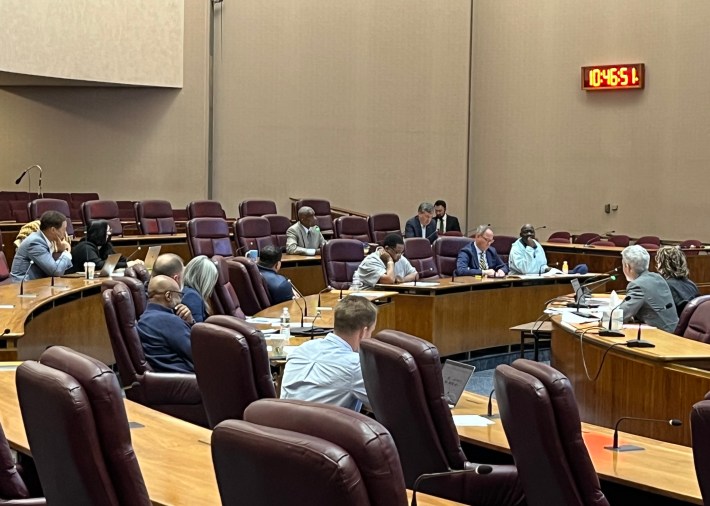
The main arguments from opponents of the Chicago legislation have included the assumption that it will lead to more tickets. However, at the October committee meeting, ordinance sponsor Ald. Daniel La Spata (1st) said NYC and Boston lowered the number of crashes by merely reducing the speed limit, without significant enforcement or infrastructure changes.
Another claim, recently made in a Chicago Tribune op-ed by politically conservative two-time Chicago mayoral candidate Paul Vallas, who lives in the suburbs, is that the policy would "punish [Black Chicagoans]... for driving."
Chicago Mayor Brandon Johnson has voiced support for lowering the speed limit in a city where African Americans make up about 30 percent of the population, but nearly two thirds of people killed in crashes are Black. However, he noted that the change needs to be "done in an equitable way."

The City Council is currently establishing an interagency working group to help make sure this is the case, with its efforts completed before the lower speed limit goes into effect. Read our recent interview with Rochelle Jackson, chair of the North Lawndale Community Coordinating Council’s transportation committee, for more discussion of the equity issue.
Streetsblog Chicago checked in with the editors of sustainable transportation news and advocacy websites in other cities that have had lower speed limits for years, for some history of how concerns raised by opponents were addressed. We also asked for more info about the benefits of this policy, that we can share with Windy City skeptics who insist, "I can't drive 25."
New York City
A decade ago in November 2014, NYC lowered its default speed limit to 25 mph. According to Streetsblog NYC Editor Gersh Kuntzman, in the last New York State legislative session that ended in June, representatives passed a law allowing NYC to further lower its default speed limit to 20. "Some small segments of some streets are already being reduced to 20, and the entirety of Manhattan below Canal Street, where it was difficult to ever even hit 25 anyway, is being made a Neighborhood Slow Zone at 20 miles per hour," he explained.
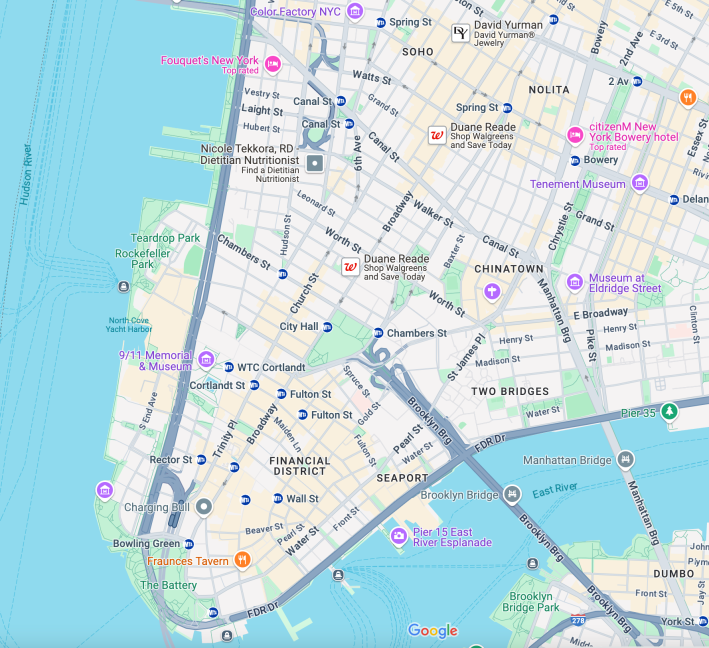
Regarding the argument that a lower speed limit would result in more citations for motorists of color, Kuntzman said New York City’s speed camera program is so robust that it tickets speeding drivers in virtually all neighborhoods. "Our cameras are not deployed disproportionately," he said. "However, many of the roadways where the speed limit is being reduced have not been redesigned to encourage drivers to drive slower — and many of those roadways are in low-income communities of color. That’s a multi-faceted program: The City's Department of Transportation faces strong opposition for road safety projects, such as street narrowing or 'road diets' from Council members who represent low-income communities of color where, they say, cars are 'needed.'"
"That opposition flies in the face of the real needs on the ground in those very neighborhoods," Kuntzman added. "There is a disproportionate amount of traffic violence, and a vast majority of people get around on transit. Those neighborhoods should be first in line for safety improvements that would reduce the speed of drivers."
But Kuntzman agreed that the benefits of the lower speed limit in NYC are clear. "According to the Department of Transportation, the vast majority of drivers who get a ticket do not get a second one, and the severity of crash injuries is down."
Boston
Beantown lowered its default speed limit to 25 mph in January 2017.
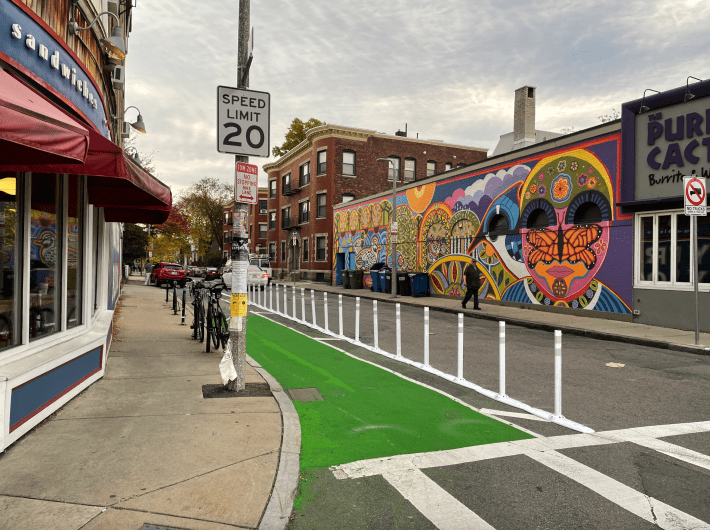
"IMHO the strongest evidence for switching to 25 mph did come from Boston's experience, which created an opportunity for a natural experiment when it took effect in 2017," said StreetsblogMass Editor Christian MilNeil. "Compared to nearby Providence, Rhode Island, where speed limits didn't change, Boston's 25 mph speed limit didn't really affect average speeds. But it did have a significant effect on reducing the most dangerous speeding, people going over 35 mph, even though nothing changed except for the signs. Since then, about 66 other cities across Massachusetts have followed, most recently Worcester, the state's second-biggest city."
"Stats on crash fatalities are a little tricky, since there's a lot of variability from year to year and we should be reluctant to ascribe changes to any one particular factor," MilNeil acknowleged. "But looking at the data for fatal crashes in the City of Boston, excluding crashes on interstate highways (which were unaffected by the speed limit change), there's evidence to suggest that it's had a positive effect. There were 24 fatal crashes in each of the 2 years prior to the change, down to 13 in 2018 and 2019, and 17 fatal crashes in 2022 and 2023."
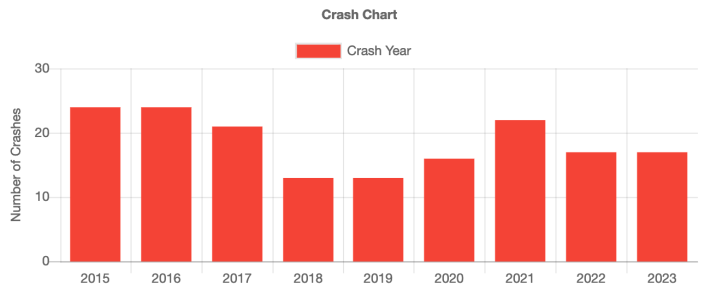
Seattle
According to Seattle Bike Blog Editor Tom Fucoloro, in 2016, Seattle lowered the default speed limit for arterial streets to 25 mph, and the default for "non-arterial streets," typically residential side streets, went down to 20. "So it was a multi-year process to get to the limit changes."
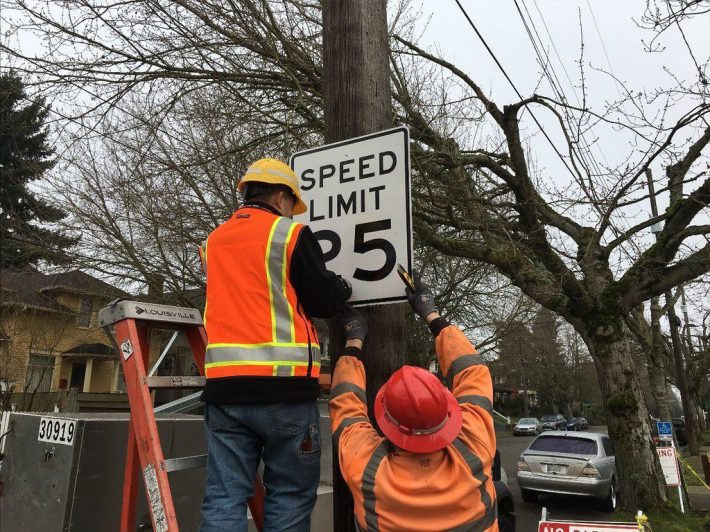
Similar to what Chicago’s Ald. La Spata discussed about NYC and Boston, Fucoloro said Seattle's lower speed limits doesn't seem to have had any downside for motorists, because the change did not result in a major increase in ticketing. However, he believes the change has encouraged many motorists to drive at safer speeds.
A study by the National Traffic Safety Board found that people struck by a driver at 40 mph are almost alway killed, but those hit at 20 mph are nearly certain to survive. So even minor changes in motorist speeds can mean the difference between life and death.

Portland
The Rose City has had a 25 mph speed limit for so long that I haven't yet determined exactly when that law was enacted. But a full 13 years ago in 2011, Portland won the legal right to set speed limits to 20 mph on Neighborhood Greenways, bike-priority streets, according to Bike Portland Editor Jonathan Maus. "We've since made other gains at the state legislature, like the ability to go 5 mph under the statutory speed, changing the speed setting methodology (which the Oregon Department of Transportation had an iron fist on previously), and opening up more authority to set speed limits to other Oregon cities that wanted to follow our lead."
Maus didn't recall equity concerns connected directly to the speed limit reductions. He explained that was probably because traffic cameras didn't become as big of a thing until after much of the above speed limit work was already done or in motion. "When it comes to automated enforcement, in Portland that was seen as the solution to traffic stops and and concerns of racial profiling," he said. "I recall some folks trying to make race an issue in regards to enforcement cameras, but it never really gained traction. Now I feel like both speed limits and cameras are relatively controversy free at the moment – knock on wood."
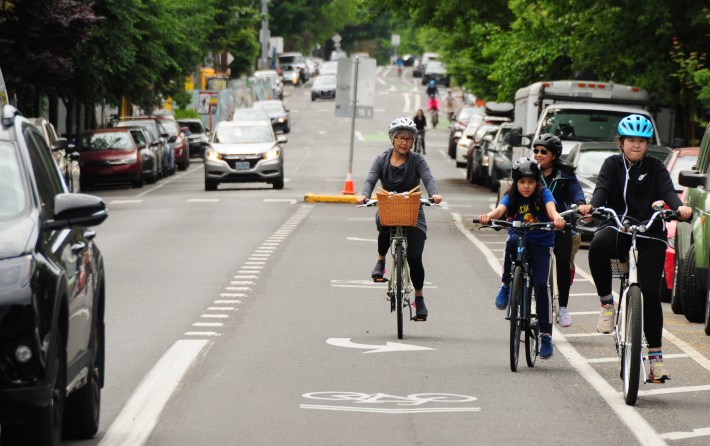
Maus said he thinks the City of Portland, unlike other peer cities, hasn't connected speed limit reductions to a lower fatality rate. However, he said, "They have shared results of the cameras and speed limits having an impact on how fast people are going though."
Have there been any downsides of these changes? "No!" Maus exclaimed. "Believe me, I would have heard it if anyone was really mad about our lower speeds or cameras... I believe lower speed limits are actually a unifying force in Portland: something that folks from the inner neighborhoods to the outer ones can agree on being necessary."
So the experiences of peer cities strongly indicate that if Chicago reduces our default speed limit to 25, we can look forward to lower traffic fatality rates. That's still more evidence of why it's critical that we get this ordinance passed by the full Council before the end of the year.

Did you appreciate this post? Please consider making a tax-deductible donation, to help keep Streetsblog Chicago's sustainable transportation news and advocacy articles paywall-free.
